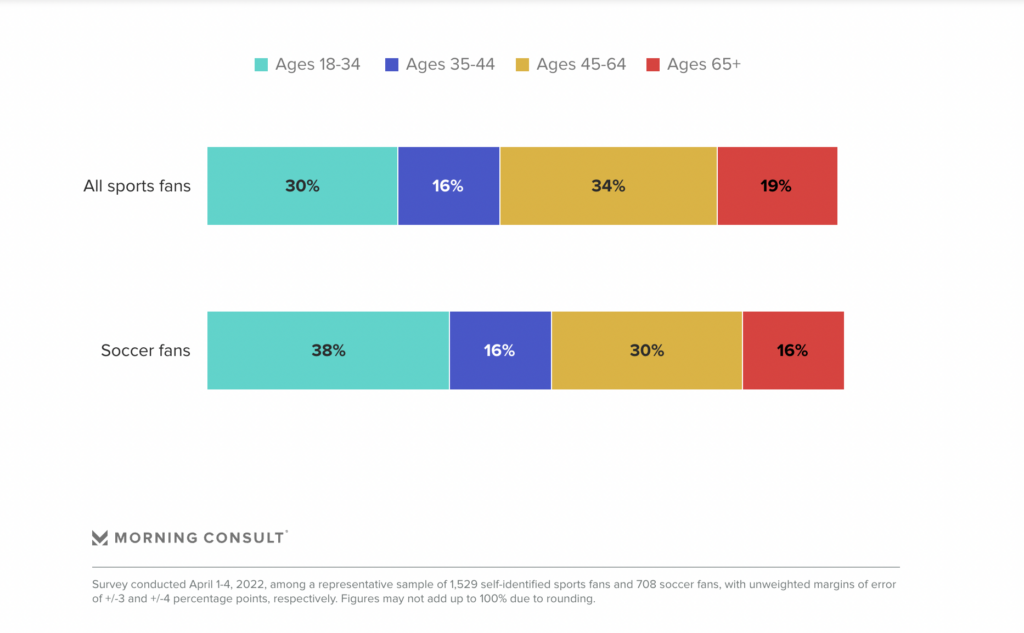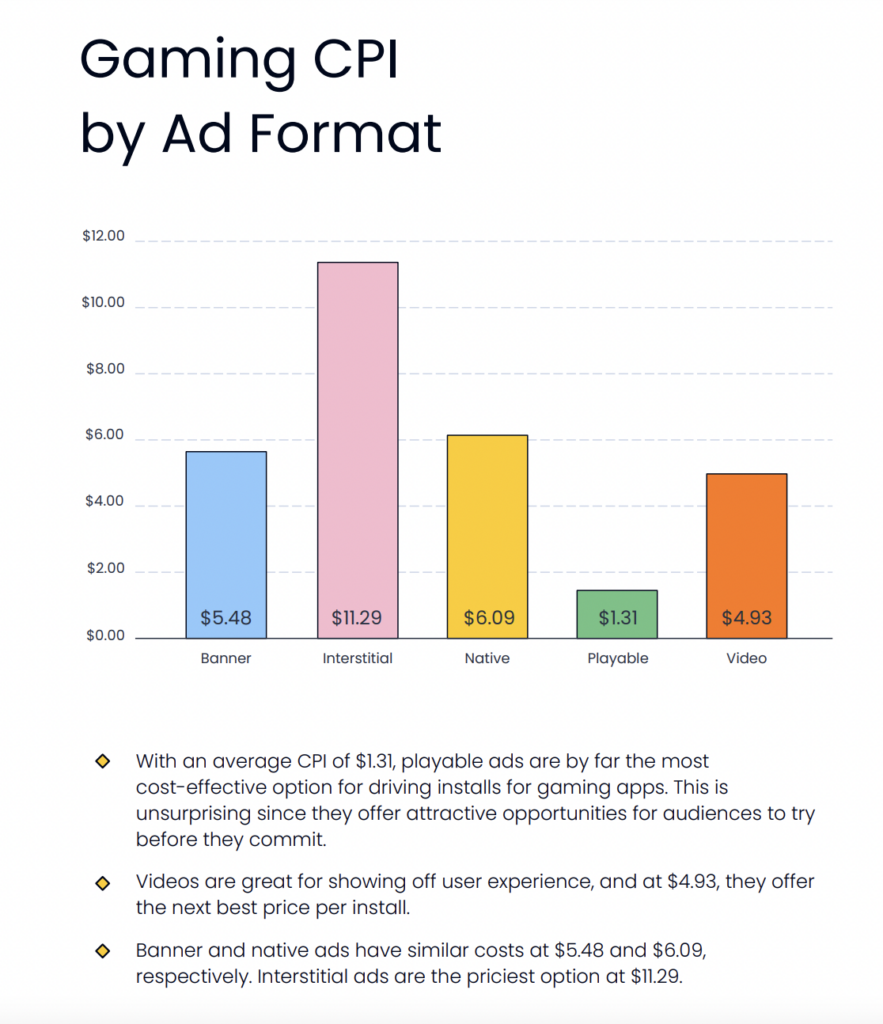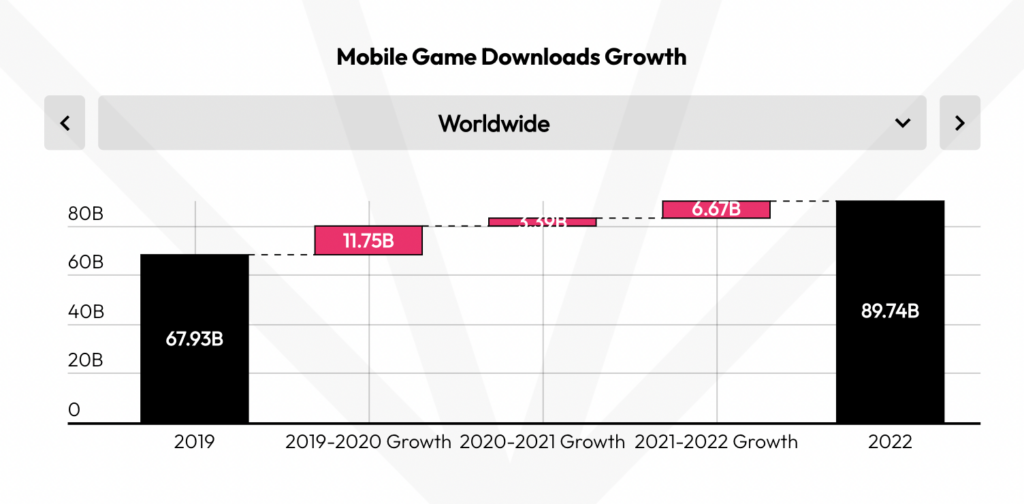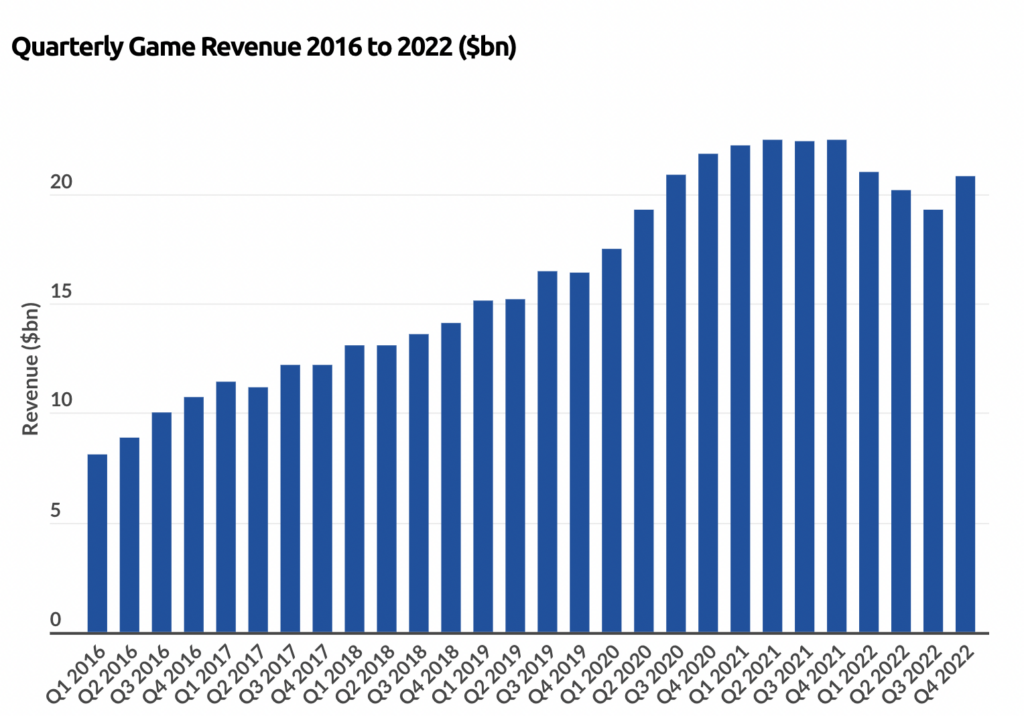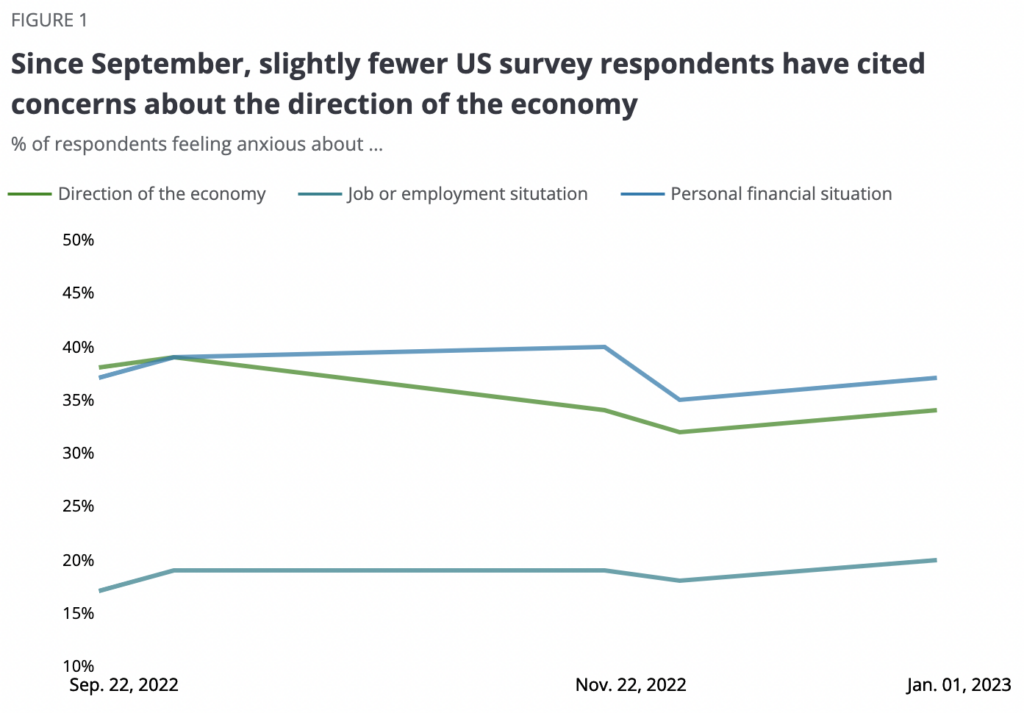Two powerhouse creative agencies, Ayzenberg Group and The Mill, leveraged their collaborative expertise to support The Elder Scrolls® Online and ZeniMax Online Studios as they launched the new Chapter in the iconic MMORPG. Both agencies collaborated closely with ZeniMax Online Studio’s Marketing and Art Departments, which heavily supported the development of the creative direction and vision throughout the project. Ayzenberg Group’s extensive experience marketing previous The Elder Scrolls Online (ESO) titles—such as Elsweyr, Blackwood, High Isle, and Greymoor—and conducting project management of the integrated campaign provided a solid foundation for the group’s new challenges.
Among those challenges were capturing the essence of the game and translating it for fans and new audiences.
The latest trailer for ESO’s most recent iteration, Necrom, reflects the game’s ethos as well as the new possibilities presented in this edition.
Behind The Scenes Of The Elder Scrolls Online: Shadow Over Morrowind – Cinematic Announcement Trailer
The Elder Scrolls Online: Necrom is an interconnected story that will unfold across multiple content releases. The Shadow Over Morrowind storyline centers around the Daedric Prince of Knowledge, Hermaeus Mora, and the secrets he guards against mortals and the Daedra. Unknown forces threaten to reveal these secrets, potentially placing the nature of reality itself at risk. Players will undertake quests, uncover clues, and solve puzzles to avert a catastrophic event.
We spoke with Robert Sethi, a director with The Mill, about the experience of collaborating with Ayzenberg Group on the creation of ZeniMax Online Studio’s Shadow Over Morrowind cinematic trailer.
What drew you to the project, and how was it working with the Ayzenberg Group?
[Before starting the project], I knew the style of work at Ayzenberg, which I think is really collaborative and transparent. They have a really cool way of sharing their creative ownership, and everyone is involved—it’s very similar to how we like to work.
Then, of course, The Elder Scrolls Online is a cool IP with a strong legacy. I think one of the main things [that drew me to the project] was the brief that we got with four different worlds… If you really wanted to pare down where the passion for making this film came from, it was the cosmic horror aspect and the mystery of it. That’s what engaged us.
Behind The Scenes: The Creative Collaboration
We caught up with Paul Wallace, Director of Brand Creative Integration at Ayzenberg, to chat about the development of the trailer for the latest expansion.
You had the opportunity to craft a new creative vision for the Elder Scrolls Online (ESO) CG trailer – how did you and the team go about that?
It is a huge privilege to be trusted by our clients, Bethesda and ZeniMax Online Studios, to honor the long legacy of ESO cinematics while being able to evolve where the franchise’s creative marketing is going.
The Ayzenberg team began crafting this new vision by defining an entire palette of creative possibilities. We cut tone films to articulate the editorial rhythm. We explored how sound design could become a character. We built a design toolkit of visual and narrative devices that would embody the themes of the story while pushing its technique into an expressionistic territory. And we wrote lots of scripts that explored the emotional depth of each character and what their journey through Tamriel could be.
Would you talk about the creative partnership and how it impacted development?
Evolving the ESO vision also meant finding a new creative partner, which we found in The Mill. The Mill’s incredible dedication to photo-real visuals, epic action, and emotional storytelling allowed us to honor the high bar set by past cinematics while realizing this vision of where the franchise could go.
How did the Ayzenberg team ensure that this vision was expressed throughout the project?
We worked in lockstep at every stage of the process, empowering The Mill to do what they do best and supporting them with Ayzenberg’s greatest strengths: A deep understanding of the audience, dedication to emotional storytelling, and a focus on editorial craft. For instance, before MoCap facial scanning occurred, Ayzenberg wrote a detailed account of the main character’s internal world and emotional journey so that every detail could play out during the actress’s performance.
How did this cinematic fit into the larger integrated campaign for the entire Necrom Chapter?
Before beginning this CG film with The Mill, I had been working with the visual identity team at Ayzenberg to develop a complementary campaign arc told through key art. Together, we designed the Morrowind setting with a huge exploration-based vista, the epic reveal of the new character class alongside Hermaeus Mora, and some other pieces of art you’ll see later in the year, which I don’t want to spoil!
We did the same for the packing art, designing a Standard Edition rooted in Morrowind and Necrom, and a Collector’s Edition based in Apocrypha – which would later become the journey our new class takes through the CG film. Tying this all together lets us tell an interwoven story across CG, key art, pack art, and animation – creating a campaign-wide “red thread” that, we hope, is a treat for fans to experience throughout the year.
What impressed you most about The Mill as a creative partner?
So much impresses me about The Mill as a creative partner. The thing that impresses me the most is their passion. They poured their hearts into every aspect of this film.
What was the biggest challenge you had to overcome along the way?
Our biggest challenge was always time itself. Since part of the process this year was finding a new creative partner, we lost precious months of production. We refused to scale back creatively, so everything had to be done incredibly efficiently.
What was most exciting for you creatively about this newest chapter of ESO?
ESO’s latest chapter presented our creative team with a rich tapestry of themes, from buried secrets to cosmic horror. Personally, I absolutely love cosmic horror as a conceptual playground for storytelling.
These themes also allowed us to craft many thematically tied narrative devices, such as spatial misdirection, visual metaphor, and psychedelic, shifting environments. This marriage of form and content allowed us to be expressionistic while remaining rooted in an emotional story.
The Production: Managing Complexity And Vision
We spoke with Ayzenberg Executive Producer/Director of Production Jonathan Clark, about his perspective on how teams collaborated to manage the complexity of the project.
What were some elements of the production that were the most complex?
With a project of this size and profile, one of the most complex elements of the production was creating/establishing a schedule for delivery on an accelerated timeline that worked for both the production process and our clients. Finding the best path forward for production and a creative review with our internal team, our production partner, and our client stakeholders took significant planning.
There are a lot of moving parts and dependencies when you are working on something of this size and complexity. Landing a schedule that integrates everything seamlessly and still allows some flexibility for the inevitable small changes or challenges that happen on any creative endeavor with a significant number of people involved is essential to the success of the project.
How did the team come together to develop a unique solution?
Our creative, account, and production teams focused on communication and process. Though these are obvious pillars of the success of any project, they are even more essential for one of this size, type, and complexity. Every project presents a unique set of challenges. The Ayzenberg team worked diligently with our partners at The Mill to better understand their workflow’s “how and why” and this project’s many production components and dependencies. We also shared our own preferred creative and production process and landed on a path that worked for everyone involved. The result was better and more well-informed communications both internally and with our clients—and a fantastic final result!
Launching The Creative Vision: Honoring The Elder Scrolls Legacy
Matt Bretz, Chief Creative Officer at Ayzenberg, shared some history of the agency’s relationship with Bethesda and the significance of this Elder Scrolls evolution.
You’ve been working with Bethesda for a long time. Is there anything different about how you approached this release? Have there been any consistencies over those projects?
I’m proud to have started with The Elder Scrolls at its launch almost ten years ago and at another agency. Back then, we made gameplay trailers. While social and digital marketing was just beginning to be “a thing,” we enjoyed the luxury of simply making the best trailer our creative minds would empower us to make.
We’d hand it off to a media team, cross our fingers, and find out how the game had sold months later. To be fair, the Bethesda marketing team was always ahead of the agency on driving measurably impactful integrated advertising. But cut to 2023’s launch campaign for The Elder Scrolls Online: Necrom and YES! A ton has changed about the way that we’ve approached this announce trailer.
We have all sorts of data that represent the voice of the core ESO fans about what they love and want, and we get to start by listening to that. So, bringing the new class to life became a critical part of the trailer. Taking players back to beloved Morrowind is also important. And we knew that players of the DLC for Skyrim—an audience adjacent to the ESO core—were deeply intrigued by Hermaeus Mora and Apocrypha, so they have been featured heavily in the game and the marketing.
Perhaps more to the point, in 2023, we are much more purposeful than we were when I began working on ESO about how the announce trailer fits into an integrated array of story-driven assets on multiple platforms where we know that potential ESO players live. All these assets are different because they are optimized for the strength of each platform.
But with the ESO team, we work to create a “red thread” that we can find anywhere we look in this year-long marketing tapestry that tells us, “This is Shadow Over Morrowind!” Rather than a cinematics’ typical linear adventure, we set out to mash worlds, characters, and emotions more like a movie trailer.
All that being said, ZOS (ZeniMax Online Studios) was handing us a precious baton, and we needed to do a number of things that you can always count on from an ESO cinematic. Deliver technically on the bleeding edge of CGI capabilities. Maintain the brand’s essential classy fantasy—fans want to feel they could step into this world—not be distracted by commenting on it. And tell an emotionally engaging story that teases the rollercoaster ride that you will experience 10X as a player of Shadow Over Morrowind.
How does the way the team managed this project reflect the Ayzenberg ethos of Listen, Create, Share?
Many advertising agencies think about disruption first. At Ayzenberg, we start by listening. Listening to clients. Listening to fans. Listening to each other as a team while we develop a viewpoint. Disruption is a very powerful tool. Sometimes it’s the right one. But we have many other tools in our toolbox, and by listening first and frequently, we determine the right time to use each.
Listening is pretty subtle, so we’re best known for how we create based on listening. We always remind ourselves to anchor what we hear as we create. And when we’re ready, we have another set of tools to share what we’ve created. So that we provoke a response in our audience that we can listen to again. Adapt and create based on what we hear. Share again, etc.
Can you give an example?
For the making of this ESO cinematic, we listened to, as usual, the most thorough of briefings from ZeniMax Online Studios on the game. We used proprietary and third-party tools to listen to the fans. And it shaped the story look and feel of our cinematic trailer.
We are just at the beginning of our first cycle of sharing this asset, and what we are hearing is, thankfully, mostly good. The creative team is hard at work on assets further along in the year, and every day, we check in on what questions fans have based on the cinematic trailer. What parts were they most moved by? The next big moment for us in this virtuous cycle will be ZOS opening the first two dungeons of the game. Can’t wait to listen to that! And share more of our creations soon.
Parting Shots
Following the Scribes of Fate DLC in March, the Necrom Chapter launched on PC/Mac on June 5, 2023, and on June 20, 2023, for Xbox and PlayStation consoles.
The game features 30 hours of all-new story content. Players will be able to journey into two extraordinary new zones in Eastern Morrowind with two new companions and a playable new class: the Arcanist.
Learn more on ESO’s official website here.
